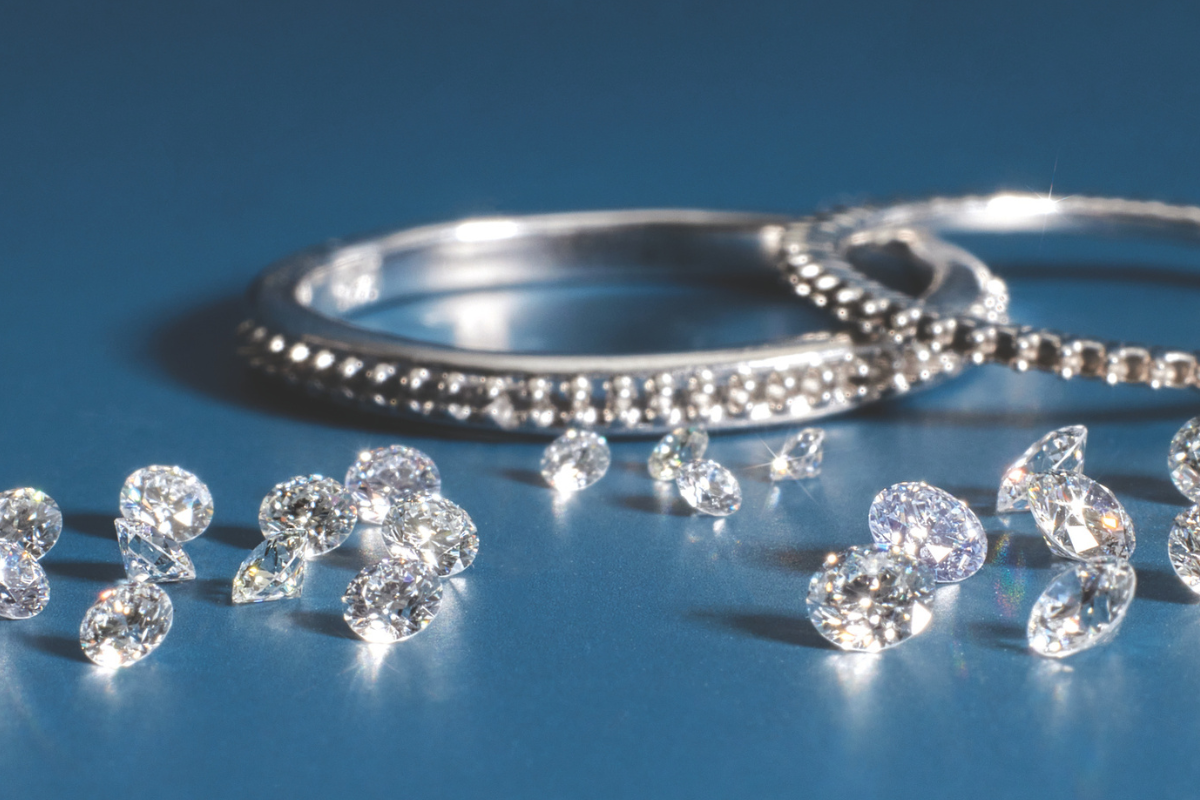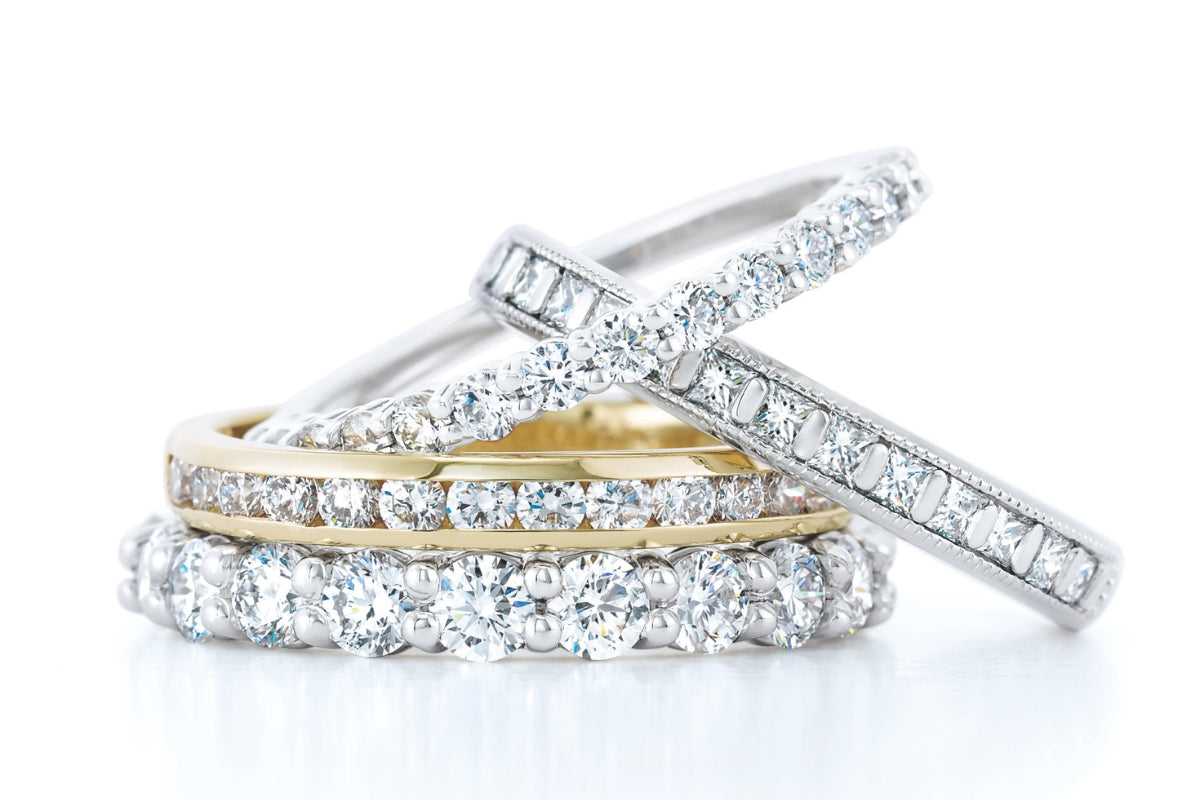Diamonds have captivated hearts and minds for centuries with their unparalleled beauty and enduring allure. But what exactly are diamonds made of, and how do these precious stones come to be? In this blog post, we’ll delve into the fascinating world of diamond composition, exploring the elements that make up these coveted treasures and the remarkable journey they undergo to become the gems which we cherish.
Carbon: The Elemental Foundation
At their core, diamonds are composed almost entirely of carbon - the same element found in graphite, coal, and even the cells of all living organisms. However, what sets diamonds apart is the unique arrangement of carbon atoms within their crystal lattice structure. Each carbon atom forms four strong covalent bonds with neighboring atoms, creating a rigid and tightly bonded network that gives diamonds their extraordinary hardness and durability.
Crystalline Structure: The Building Blocks of Brilliance
The crystalline structure of diamonds is a defining characteristic that contributes to their brilliance, fire, and optical properties. Diamonds belong to the cubic crystal system, with a symmetrical arrangement of atoms in a repeating pattern known as crystal lattice. This lattice structure allows light to enter the diamond, bounce off its facets, and scatter into a dazzling display of sparkle and brilliance.
Inclusions and Impurities: Nature’s Signature
While diamonds are primarily composed of carbon, they may also contain trace elements, inclusions, and impurities that add character and uniqueness to each stone. These imperfections can include tiny mineral crystals, gas bubbles, or other materials trapped within the diamond during its formation. Some diamonds may also exhibit coloration due to the presence of nitrogen, boron, or other trace elements, giving rise to fancy colored diamonds such as pink, blue, or yellow.
Formation Process: Nature’s Alchemy
The formation of diamonds is a complex and fascinating process that occurs deep within the Earth’s mantle over millions to billions of years. It begins with carbon atoms being subjected to intense heat and pressure at depths of 90 to 120 miles beneath the Earth’s surface. Under these extreme conditions, carbon atoms bond together and crystallize into diamond crystals, which are then transported to the Earth’s surface through volcanic eruptions or other geological processes.
Ethical and Sustainable Sourcing
As we marvel at the natural beauty and brilliance of diamonds, it’s important to consider their ethical and sustainable sourcing. Responsible diamond mining practices aim to minimize environmental impact, promote fair labor practices, and support local communities. Additionally, the popularity of lab-grown diamonds offers a sustainable alternative to mined diamonds, providing clients with guaranteed ethically sourced diamonds that are chemically, optically, and physically identical to mined diamonds.
Diamonds are more than just beautiful gemstones - they are a testament to artistry, patience, and ingenuity. Composed primarily of carbon atoms arranged in a unique crystalline structure, diamonds dazzle us with their brilliance, fire, and timeless elegance. As we continue to explore and appreciate the mysteries of these precious gems, let us also strive to embrace ethical and sustainable practices that honor both the beauty of nature and the dignity of humanity.
Soha Diamond Co. is a jewelry store located in Madison, Wisconsin:
https://maps.app.goo.gl/J8zaeQUYWAk23hDNA
View custom Soha engagement ring styles on Instagram:
https://instagram.com/sohadiamondco
Browse Soha Diamond Co. engagement ring inspirations:
https://www.sohadiamondco.com/pages/our-engagement-rings
Learn about Soha’s engagement ring design process:
https://www.sohadiamondco.com/pages/design-process
Book your custom engagement ring visit with Soha:




